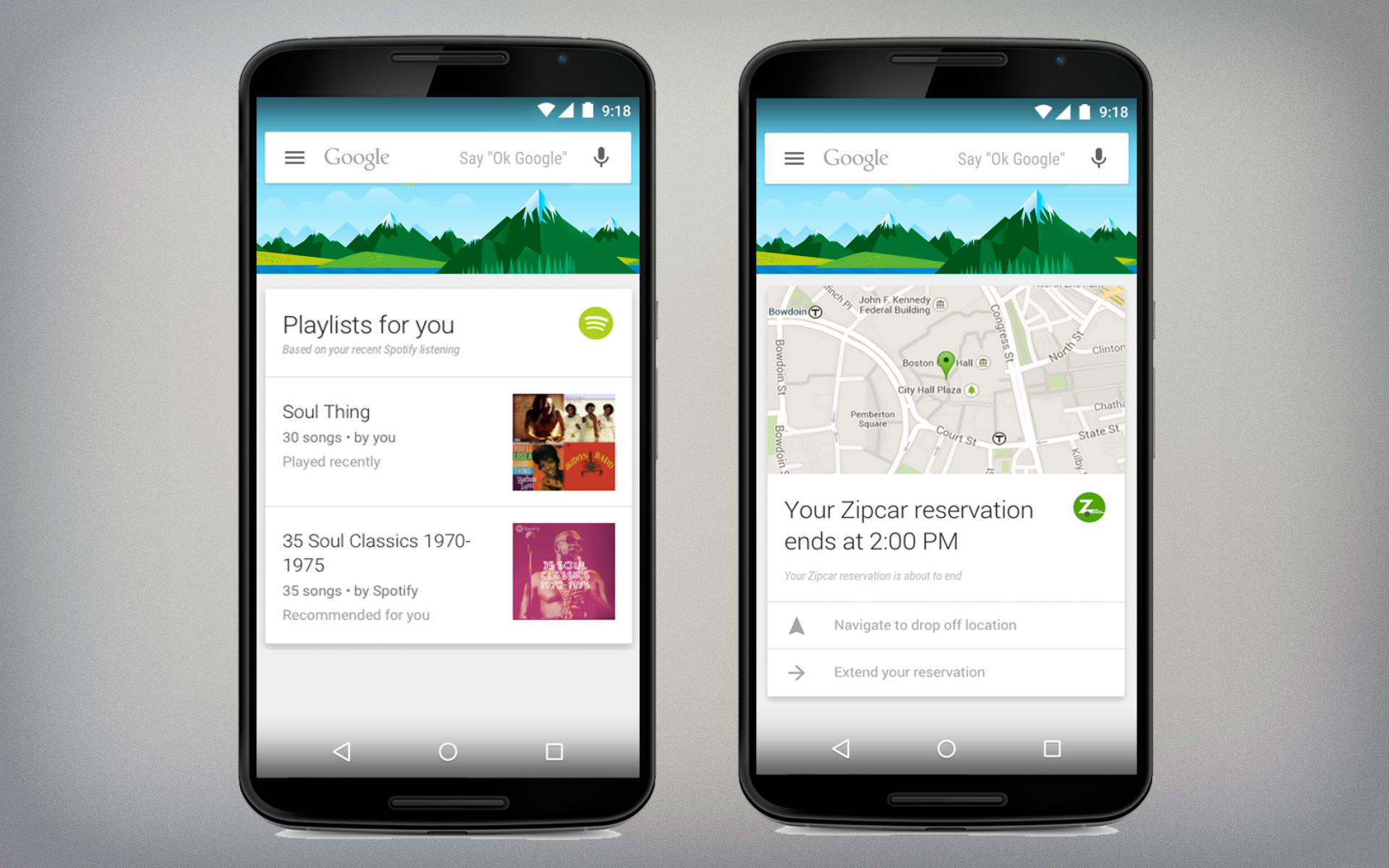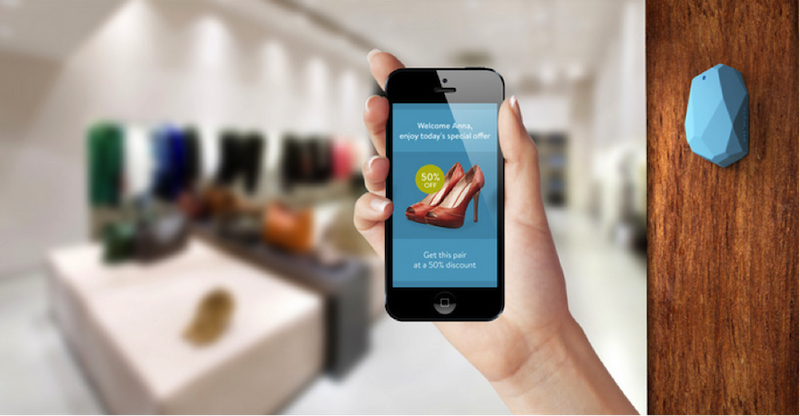These 10 Innovations Are Redefining The Expectations Of Your Customers
Every year we see new innovations pour into the global economy. Most of these innovations aren’t directly relevant to your business, and they most likely won’t steal your customers.
So why should you care?
Innovations create new customer expectations. And once these are created, they spread rapidly across markets, industries and demographics.
Inevitably, they’ll spread all the way to your customers.
If your business turns a blind eye for too long, those expectations might just evolve enough to leave you behind.
There are some predictions that are obvious: We know that smartphones will get faster, more objects will become ‘smart’ and social media will become an even more powerful platform for consumer power.
These 10 innovations are ones you should look out for in 2017, that are redefining how customers interact with brands and services.
1. Social payments
The payments industry has experienced significant front-end innovation in the last year, with mobile and social payments driving the demand for new services leading to multichannel commerce.
These innovations include updates to mobile merchant payment solutions (Square), closed loop solutions (Starbucks app), and P2P payment apps (Venmo, PayPal).
Singapore payments giant Fastacash is betting big money on social media apps introducing payment options in the next 5 years.
Since people already use Facebook and WhatsApp to communicate and share media, they will also want to transfer money to friends, family or businesses over social apps.
It’s likely that these solutions will deplete credit card usage as people migrate over to more user-friendly, faster solutions.
2. Ambient interfaces
The idea with these interfaces, like Google Now, is to deliver hyper-relevant information to you at the exact right time based on your history of use.
It does this by collating data from your calendar, inbox, and movements. It tracks and predicts your travel, your appointments, your web interests…everything that makes up your day.
“That may make some people antsy. Not me. Let’s be real: Google knows so much about me already. Might as well put it to use.” – James Carmichael
Google Now’s momentum is due to growing demand for technology to work FOR you without conscious effort on your part.
3. Chatbots
Chatbots so far seem fruitless.
But I would argue that much like AR and VR tech, both of which saw the daylight years ago but have only recently seen a steady rise of commercial application, we are only in the very beginning of the ChatBots era…
The challenges with ChatBots are primarily oriented around user behaviour; A lack of customer education and practical relevance are two key challenges that spring to mind.
However, Machine Learning is an incredibly powerful concept and there is money to be made from first-movers that deliver a meaningful ChatBot product.
See also: Are ChatBots A Fad?
4. Drones
Drones have reached a technological tipping point that has finally made them cost-effective enough for democratised use.
Both Amazon and Google have announced their much-anticipated drone delivery service.
On the enterprise use side, drones are now effective data-gathering platforms for the construction, mining and agriculture industries.
In the next 5 years, we’ll see drones reach another technological tipping point, this time driven by advances in exponential technologies, batteries and material sciences.
The next breakthrough in drone research will be “sense-and-avoid.”
Right now, drones are either manually piloted or GPS piloted, but for them to truly become a part of our physical reality, they need autonomy.
Chris Anderson, CEO of 3D Robotics, explains: “Drones will need to have eyes. Sensors like radar, LiDAR, stereo vision, sonar, and they’ll need to use this to autonomously avoid obstacles and fly. It’s environmental awareness and it is necessary to safely navigate worlds they’ve never explored.”
This will convince tough regulators that drones are safe, allowing drones to become scalable (both small and large) and ultimately ubiquituous.
5. Augmented Reality
Augmented reality as a concept is not exactly news to anyone’s ears.
However, it is news in the context of finally being packaged in a way that is user friendly enough for mass consumption.
Pokemon Go has set the highest standards of AR in terms of user experience, engagement and personalisation that we’ve seen yet.
What does this mean?
Now that Pokemon Go has validated the demand for this technology, it’s up to businesses to translate this experience across to their own applications.
Without this preparation for AR, it’s inevitable that businesses will fall behind or fade completely in the ‘race for engagement’.
See also: Beyond Pokemon Go: Real, Profitable Business Applications of Augmented Reality
6. Smart Virtual Assistants
Siri has come a long way since her first word in 2010.
Virtual assistants (VAs) are now reaching a level of real-time relevance that people are actually using them day to day, including Microsoft’s Cortana and Amazon’s Alexa.
These VAs help you accomplish tasks and find information easily. A clunky website or overwhelming information portal is hard to navigate, and VAs streamline this process for consumers.
Cortana, for example, scans your emails and files for ‘activity intentions’ (eg: Yes, I can watch your kids tomorrow night) and will send you reminders based on these intentions.
Imagine, instead of pulling out your phone and saying ‘Siri, order me an Uber’, a VA simply knew to do it without being prompted.
7. Facial recognition
Does your service or product require the user to input personal data, answer security questions, or complete forms that specify their personal information?
Facial recognition technology is becoming faster and more accurate. This is an innovative addition to existing technologies being used by businesses today.
In April 2016, China-based insurance company Ping An announced the world’s first ‘face recognition loan’, which allows users to complete an online loan application in six minutes – the fastest in China.
It adjusts for aging and is reportedly more accurate than the human eye.
8. Rewards apps
App-based rewards and loyalty programs have been around since apps themselves, and are stepping up their customer offerings.
For example, Target’s rewards app presents offers to customers as they walk through their stores’ various departments.
With advancements in beacon technology, marketers can place precisely relevant offers directly in the hands of their customers.
We’re heading towards an expectation that the consumer shouldn’t have to open up an app to redeem a reward, they should come to us when we need them.
See also: 5 Powerful Australian Examples Of Beacon Technology
9. Artificial Intelligence
Consumer-facing AI will remove the need for unnecessary choice in our lives.
Research shows that we make an overwhelming amount of choices each day – over 200 just for food.
Most of these choices are trivial micro-decisions – hardly the best use of our limited cognitive energies!
AI is being used to deliver products and experience that will remove the unnecessary choices from our lives, by making the ‘right’ choice for us.
This is called ‘anticipatory design’ – AI uses a combination of personal history, business logic and common sense to complete intermediate steps in the decision cycle.
This frees us up to make choices we really care about.
Say you need to book a flight — you search through airline aggregation sites for the best choice, weighing in on price and agony, doing all the hard work yourself. In anticipatory design, an AI assistant scans for upcoming out-of-town events in your calendar and automatically books a ticket, carefully choosing airlines, seats, flight time and price based on previous bookings. – Shelly Fan, Neuroscientist.
In the next year, machine learning will continue gathering feedback and increasing usage volume so it can get smarter.
10. Sharing economy platforms
The economic benefits to be gained from sharing our consumer products may soon be so advanced that traditional definitions of ‘ownership’ will be a thing of the past.
The fast adoption rate of Airbnb and Uber reveal that ownership, even of large, personal items, isn’t as important as cost efficiency for millennials.
Platforms that facilitate ease of collaboration will continue to penetrate each and every market in their unique needs.
Some industries I’m expecting to be hit the hardest by the sharing economy include hospitals, luxury fashion and financial services.
Ultimately, as more objects and services converge, new ways of deriving value from them will become possible for consumers. Shared access is one key part of this!
See also: 5 Big Predictions For The Future Of Collaborative Consumption
Latest posts by Logan Merrick (see all)
- Ep 18: Collective Campus’ CEO on Intrapreneurship and Corporate Innovation - December 20, 2016
- 50 User Engagement Strategies For Planning Memorable Mobile Experiences - December 19, 2016
- Latest Data: App Monetisation Trends And Drivers 2015-2020 - November 25, 2016






